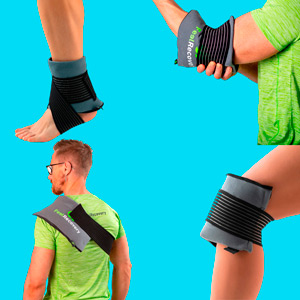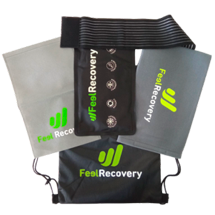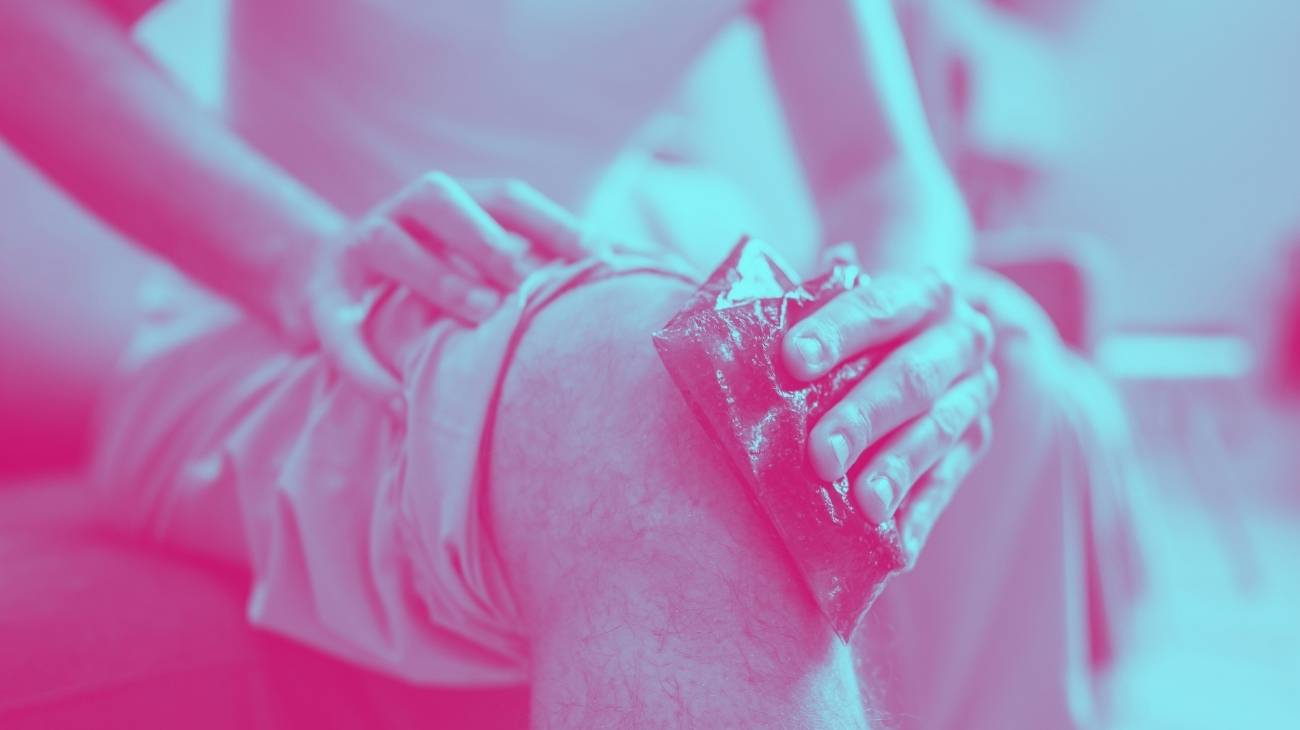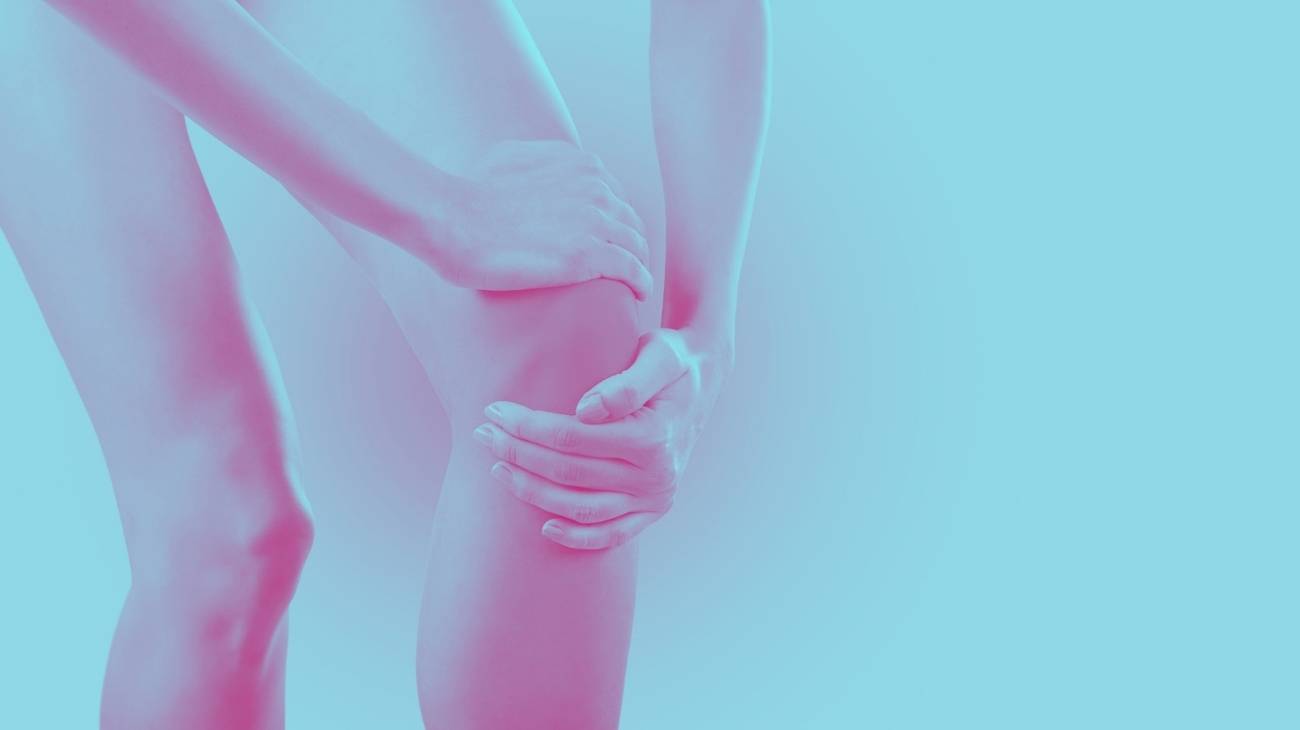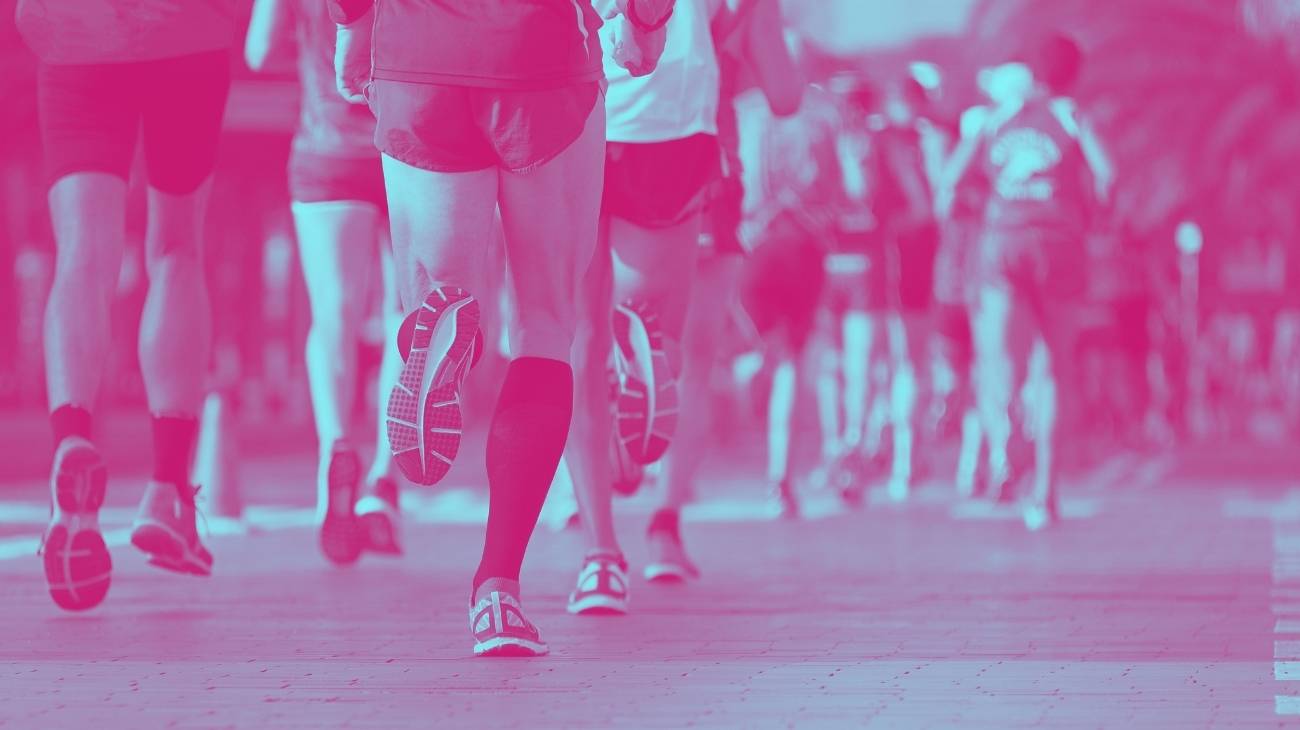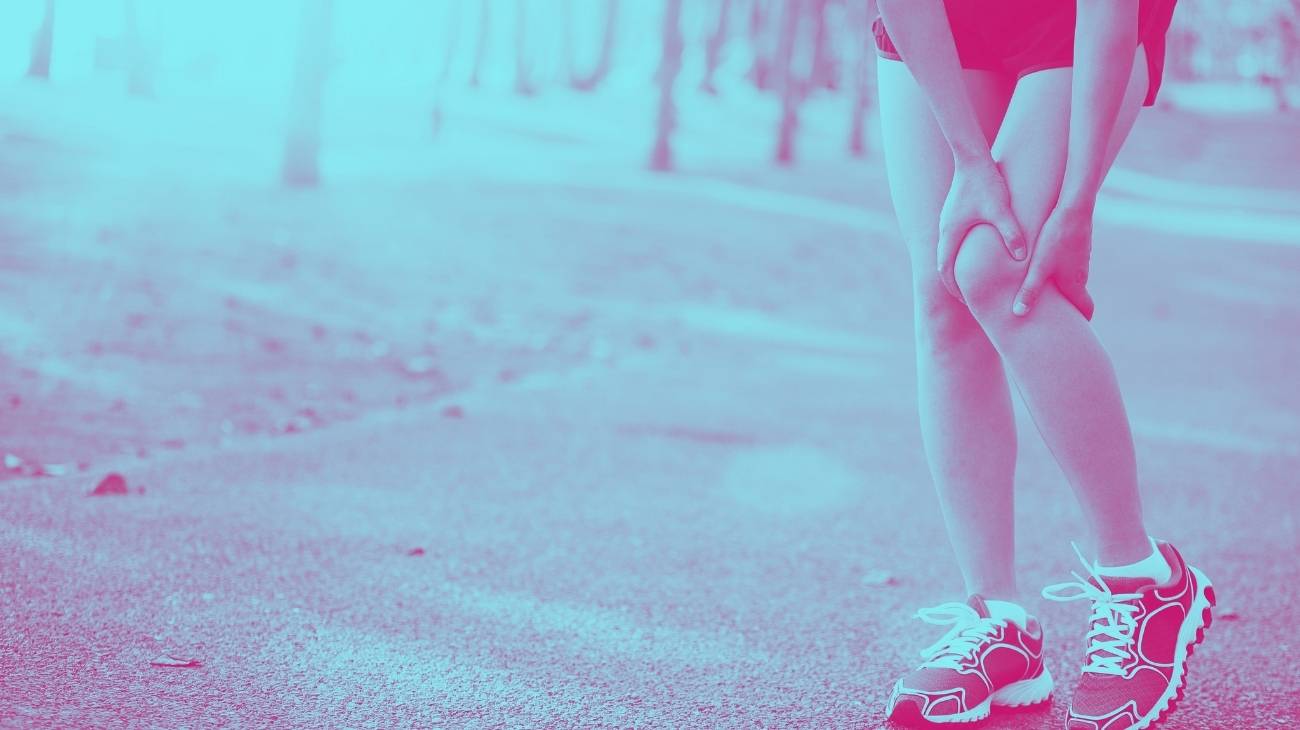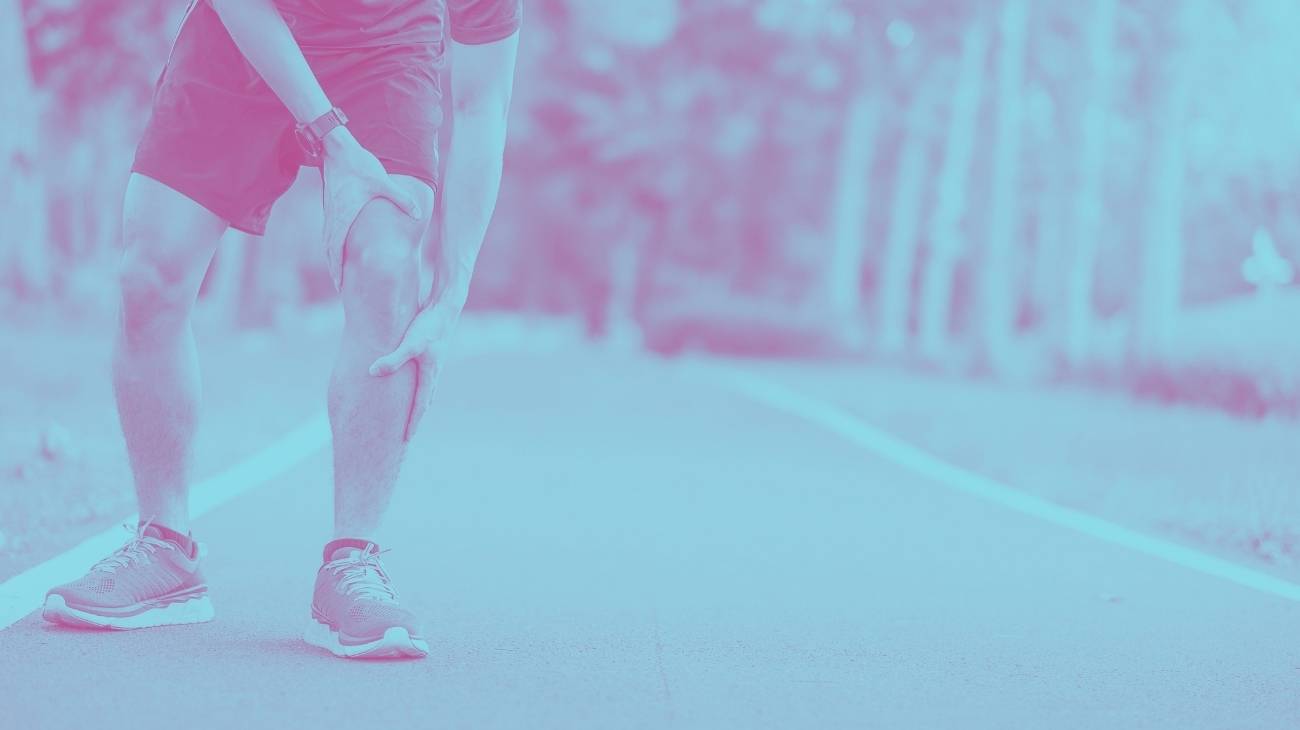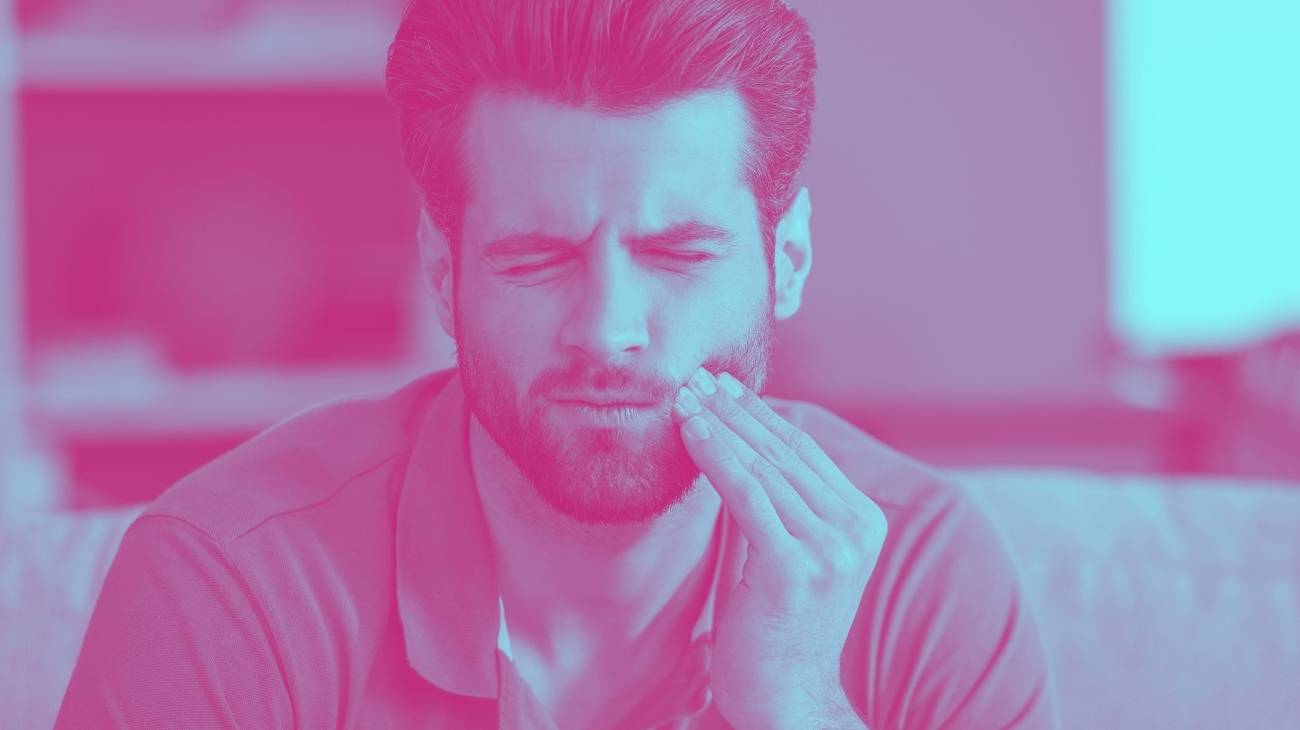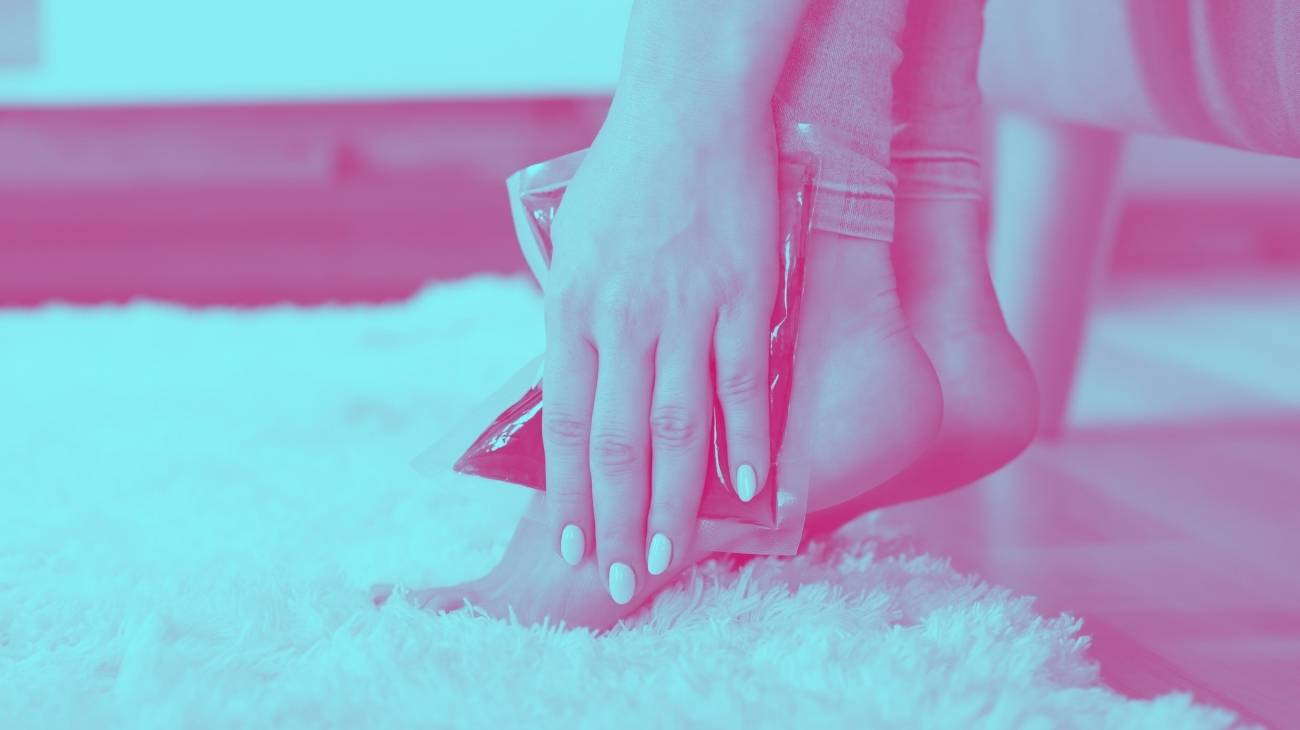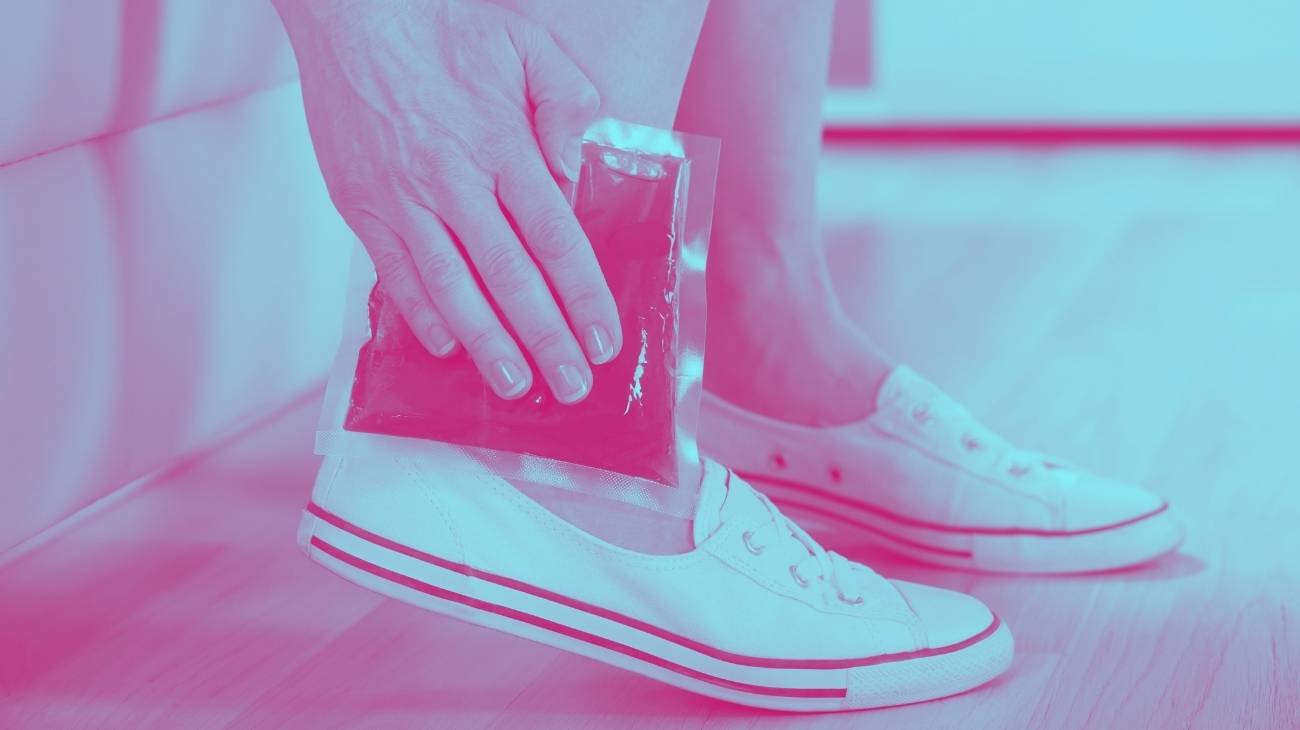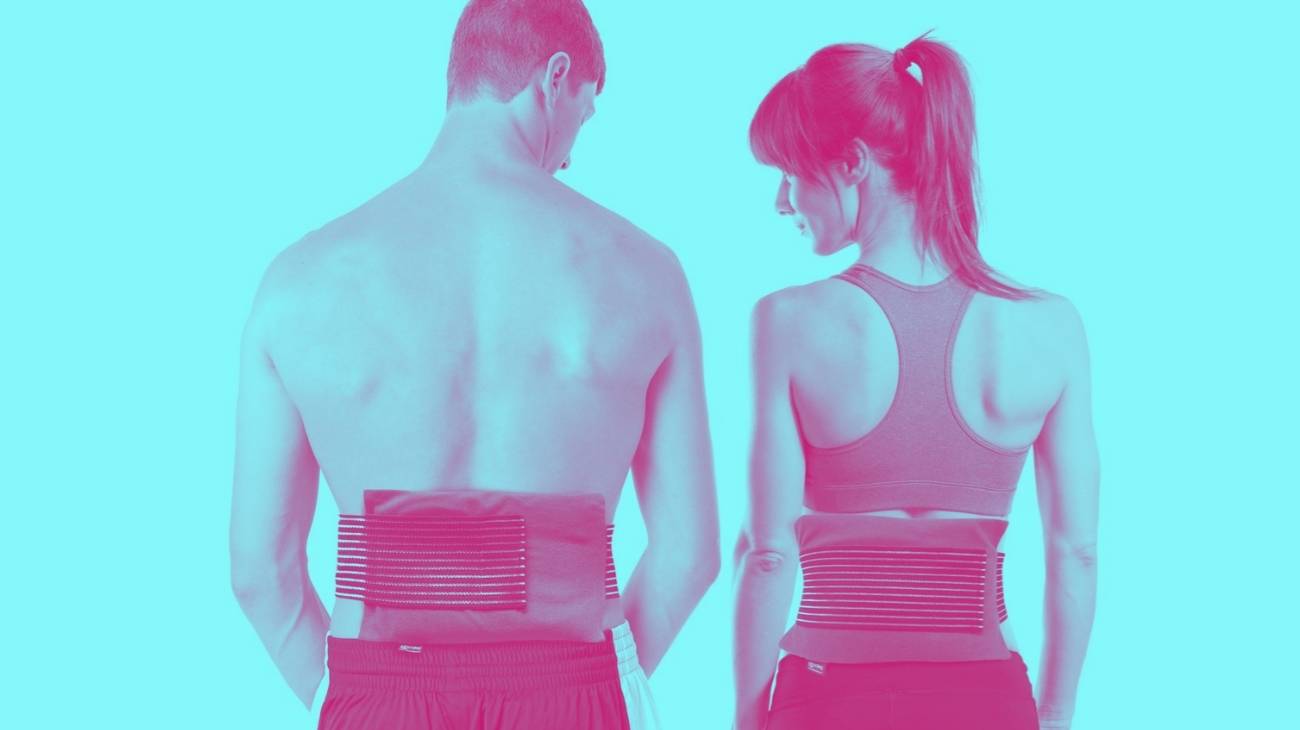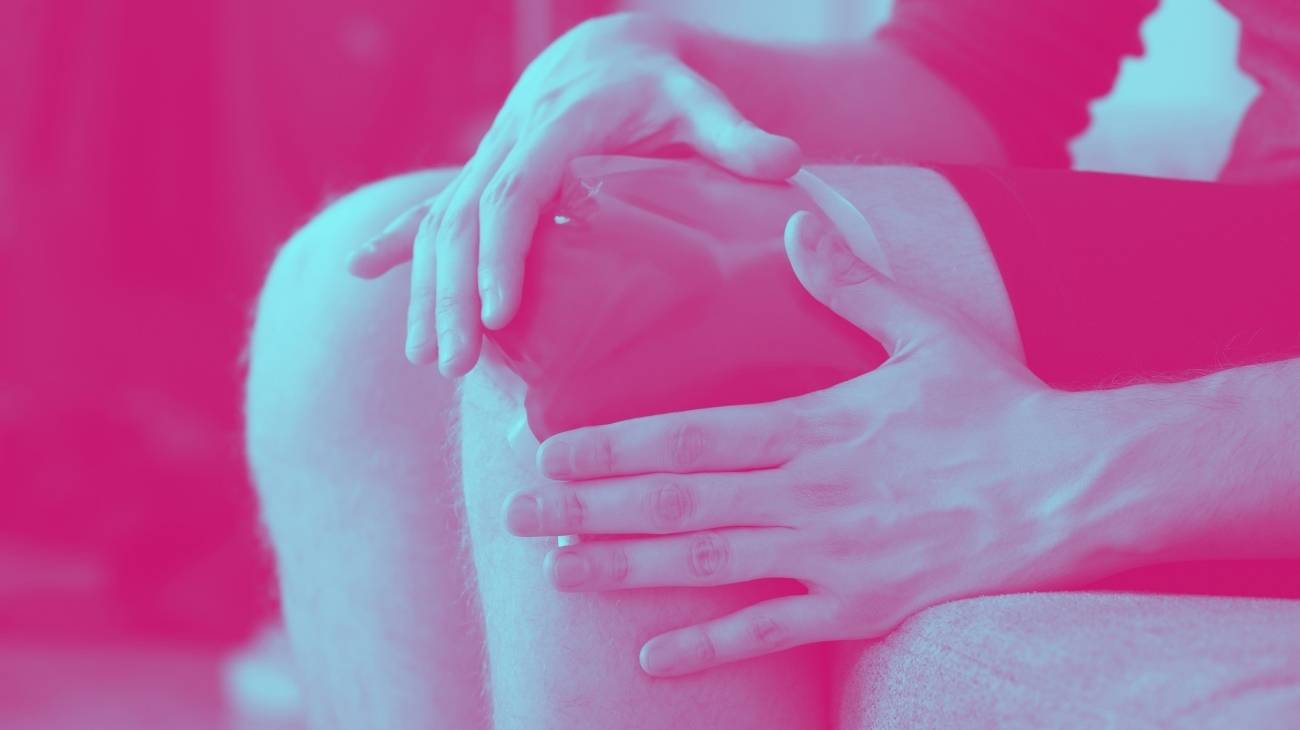- What is the best ice gel pack for sports injuries recovery?
- Video: How to use hot and cold gel packs?
- Types of hot & cold packs you should know about
- What are the most common sports injuries that we can treat with hot and cold therapy?
- How to treat sports injuries with heat and cold therapy?
- How to use hot & cold gel packs to reduce inflammation in sports injuries?
- The best hot and cold gel packs for pain relief
The use of hot and cold gel packs to heal inflammation in all types of sports injuries can be extremely effective. Especially for various conditions and muscle injuries caused by intense physical activity that cause stiffness, pain and swelling.
But first, let's talk about the most common sports injuries and how to properly treat them with cold, heat and hot & cold therapy.
What is the best ice gel pack for sports injuries recovery?
- Size: One size
- Colors: Grey and Black
- Material: Breathable
- No. of products: 1 Piece
- Uses: Rehabilitation and sports
- Always Flexible
- High Quality
- Complete pack
- Extra-Strong Velcro
- Ergonomic design
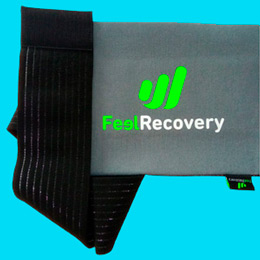
Extra-Strong Velcro
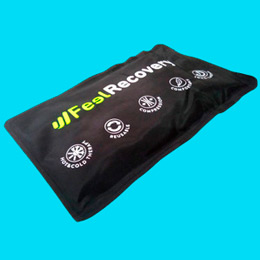
High Quality
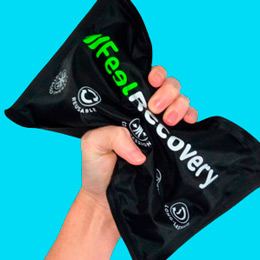
Always Flexible
- Easy to wash
- Quality protective cover
- Highly durable cold therapy
- Fully adjustable
- Cold therapy only
- One size large only
Without spending extra money you will be able to decrease muscle stress and lower the feeling of footfatigue by simply chilling the thermal bag in the refrigerator for 2 hours. Don't hesitate any longer and choose this practical support with adjustable straps to generate compression and stimulate blood circulation. Its neoprene material is breathable and eliminates sweat, which makes this thermal splint an ideal product to be used in summer. Consider that, it does not always generate support in difficult areas of the ankle.
- Material: Nylon
- Uses: Various body areas
- Type of adjustment: Velcro strap
- Cover: Yes
- No. of units: 2 Gel Packs
- Microwave safe
- Hot/cold therapy
- Quality materials
- Adjustable Velcro strap
- Medium flexibility with cold therapy
- Delicate wash
If you are looking to shorten recovery time from injury, you can use this adjustable thermal elbow pad on a daily basis by simply getting the pads to the required temperature by placing them in the microwave or refrigerator. Compression therapy can also be applied to the elbow with this versatile product, as its adjustable straps will help you find the ideal pressure to stimulate blood circulation. During use, they may cause discomfort by slipping on the arm.
- Microwaveable
- Heat/cold therapy
- One size only (M)
It is useful for treating plantar fasciitis, Achilles tendonitis and ankle sprains, as the size covers all areas that are sensitive to injury. Its multifunctional design will serve you to adapt the thermal bag to the affected places and hold them with great precision. The Velcro straps may lose effectiveness as you wear this thermal ankle brace.
- Hot/cold therapy
- Suitable for various body areas
- Low flexibility with cold therapy
It is suitable for use with the refrigerator or microwave, in case you want to apply heat therapy. Its materials keep the temperature controlled in sensitive areas to improve blood circulation and achieve faster natural healing effects. Keep in mind that gel pads may cause unpleasant odors during use.
- 3 Gel Packs
- Adjustable compression with quality finishes
- One size fits all
This patella support has 4 adjustable straps strategically placed to immobilize harmful movements, which will also prevent muscle tears. You only have to remove the heating pads and place them on the inside, after getting the necessary temperature in the microwave or refrigerator. It is important to know that, in some cases, the heat does not last long and causes some discomfort.
- Material: Nylon
- Uses: Elbow, Wrist, Knee
- Type of adjustment: Strap with Velcro
- Cover: Yes
- No. of units: 2 Gel Packs
- Includes 2 Gel Packs
- Long lasting cold therapy
- Cold therapy only
You will not need much time to achieve the therapeutic temperature, since by simply placing it in the microwave or in the refrigerator you will obtain the results you are looking for to apply to the affected area. Keep in mind that, during use, the adjustable straps may weaken and lose their holding capacity.
- 4 Adjustable straps
- 3 Gel Packs
- Hot/cold therapy
- Quality finishes
- 30 min duration
- Bulky design
It is suitable for use in arthritis treatment and in people with muscle weakness. The feeling of fatigue in the legs will begin to disappear thanks to the delivery of oxygen generated by the cold therapy combined with thermotherapy. Please note, the fabric is neoprene and may be uncomfortable on the front of the knee due to the accumulation of material.
- 2 Units per order
- Quality materials
- One size only
Choose this gel pack to treat hamstring pulls, calf strains, as well as patellar or Achilles ligament inflammation. Just place it on the injured area and adjust its straps until you get the necessary support to keep the temperature under control. This action will also help blood circulation, which will shorten the recovery period. It may happen that the straps start to break after a while.
Video: How to use hot and cold gel packs?
Types of hot & cold packs you should know about
What are the most common sports injuries that we can treat with hot and cold therapy?
We know that sport is vital for our health because it keeps us active and healthy. Not only is it good for the heart, but it is also ideal for maintaining healthy breathing, maintaining and developing muscle strength and much more. However, one wrong move, a stumble, a fall or a blow can lead to sports injuries.
Therefore, we would like to inform you about the most common sports injuries so that you can recognise and prevent them:
Strains
It is caused by overuse of the muscle and tendons during sport or play. In muscles, all moving parts are susceptible to stretching or overuse, which can lead to tears, damage and pain. The most common include strains of the hamstring, tears of the quadriceps and groin strains. However, the best way to avoid them is to warm up and stretch before strenuous exercise.
Sprains
A sprain occurs when the ligament is incorrectly twisted, pulled and subsequently torn. The most common sprain among athletes and sportsmen is the ankle sprain, followed by knee, wrist and elbow sprains, to name a few. Good technique in your sport, warm-up exercises and stretching will help you avoid them.
Tendonitis
Tendonitis is inflammation of the tendon caused by excessive repetition of a particular movement. If not treated properly, tendonitis can lead to other injuries such as lateral epicondylitis, medial epicondylitis or patellar tendonitis.
Cruciate ligament tear
This is a tear of the anterior cruciate ligament (ACL). This is caused by sudden movements during a sudden stop, hard impact or change of direction as a tear occurs in this ligament. Symptoms of an ACL tear include a cracking or popping sound, severe pain and swelling.
Knee injuries
Athletic activity puts a lot of stress and wear and tear on the knee, leading to a variety of injuries. The most common include dislocations, fractures, muscle tears and tears of the anterior cruciate ligament. A knee injury can be very painful and disabling and may even require surgery. Again, good technique and posture when playing sports, combined with warm-up and stretching exercises, will help prevent them.
Fractures
Fractures or broken bones occur during strenuous or high-impact sports, especially in the legs, arms and feet. They are characterised by severe pain and immobility, and in some cases surgery is required to repair them. Playing should also be avoided when pain is present, as pain is a sign of a sprain or strain. If the bone is not treated properly, it is prone to fracture.
Tennis elbow
This is a very common injury in tennis players, golfers and other sports that place a lot of stress on the elbow. This strain is caused by repetitive movements over a long period of time. It is therefore recommended to warm up, stretch and take breaks before the day's play.
Sciatica
People who play golf, tennis, cycling, running or other sports that require insufficient stretching are likely to suffer from pain along the sciatic nerve. The course of this nerve runs from the lower back to the hips, buttocks and legs.
Plantar fasciitis
Plantar fasciitis is another common sports injury that occurs in football players, basketball players, runners and others. The high stresses of running, stopping, starting or dodging quickly lead to overactivity of the feet and legs. Combined with inadequate support, this leads to inflammation of the arch tendon, causing severe pain with each step.
How to treat sports injuries with heat and cold therapy?
Although we are all prone to injury, athletes are even more prone to injury. This is because their bodies are exposed to sudden, rapid movements due to intense physical activity. Cold, heat and contrast therapy play an important role in treating the pain and inflammation associated with these injuries. They have been shown to relieve pain, reduce inflammation and shorten recovery time.
We tell you here:
Cold therapy
Cold is ideal for treating pain from injuries caused by intense physical activity. It is a natural analgesic that numbs the injured area, slowing down pain signals to the brain. Cold therapy is also a very effective anti-inflammatory as it reduces blood flow to the injured area, thereby reducing swelling.
However, the effectiveness of cold is increased if it is applied early, before the first 48 hours after an acute injury. It is also indicated for chronic injuries, provided there is a flare-up, otherwise it would increase stiffness. Cold should also be used to treat tendonitis, back and neck pain. Cold should also be used for pain, limited joint mobility and to prevent delayed onset muscle soreness (DOMS).
Heat therapy
Heat has a very positive effect in treating sports injuries, especially those that cause muscle pain and discomfort. Heat therapy works by dilating blood vessels and increasing blood flow to the injured area, causing the muscles to relax. It is therefore highly recommended for the treatment of arthritis, joint stiffness, muscle strains and pulled muscles.
The use of heat is also indicated in the elimination of lactic acid waste produced during anaerobic exercise. This by-product accumulates in the muscles and causes pain. Heat therapy is also used to treat muscle spasms in the back. Not least because it has an analgesic and relaxing effect on tense muscles.
In the case of an acute injury, heat should be applied as soon as the swelling has gone down. But for athletes, heat is very effective before exercise as it increases flexibility and range of motion, preventing injury.
Hot and cold therapy
Doctors and physiotherapists recommend alternating heat and cold to control and relieve the pain of injuries. A freshly injured muscle should be treated with a combination of cold and heat. The cold helps to reduce swelling. Heat helps to reduce pain, aid healing and relieve muscle stiffness after the swelling has gone down.
After a sports injury, the alternation of heat and cold creates a "pumping" effect in the circulatory system. First, the blood flow in the injured area is restricted to reduce the swelling, and then the blood flow in that area is increased. This pumping effect is associated with mild aerobic activity and is therefore indicated for recovery from sports injuries that prevent movement.
This temperature contrast allows faster recovery from pain and improves range of motion. However, this type of therapy is recommended for injuries that last a week or more and for which the application of heat and cold alone has no effect. Similarly, hot & cold therapy is indicated for low back pain, and is used in combination with pharmacological treatment to relieve pain and discomfort.
How to use hot & cold gel packs to reduce inflammation in sports injuries?
The use of heat or cold gel packs is indicated to reduce swelling in sports injuries, but do you know how to use them? If your answer is no, below is everything you need to know:
Using cold
For the safe use of cold gel packs for sports injuries, you should consider the following points:
- You should freeze the gel pack at least 2 hours before use for best results.
- Check that the temperature feels just right.
- Place the cold gel pack on the lesion. This process is very safe as our gel packs have a soft touch cover. However, for other commercial brands you should read the instructions as this depends on the manufacturer.
- The duration of cold exposure should not exceed 20 minutes.
- You can combine the cold with elevation of the affected area.
- After the treatment, the compress should be put back in the freezer.
- Repeat the cryotherapy sessions 2 or 3 times a day.
- You can do this for 3 days in a row.
- It is important to observe the injured area every 5 minutes while the compress is applied. Remove the product immediately if you notice any redness or discolouration.
- Do not use cold before exercising.
- Avoid cold therapy on poor circulation, diabetes, open wounds, sutures or infected wounds. Also, do not use it on people with limited sensitivity to cold, such as
Use hot
Depending on the type of sports injury, you should apply heat to relieve pain and promote healing. However, to ensure the effectiveness of heat therapy, the following recommendations should be followed:
- Cook the gel pack in the microwave for 30 seconds if the appliance's power setting is 800W. For other power settings, you will need to adjust the time before you reach the correct setting.
- Touch the hot gel pack to make sure it is at a tolerable temperature.
- Massage the gel with your hands to distribute the heat evenly.
- If it is not too hot, repeat the process for another 10 seconds in the microwave.
- To heat the gel pack on the cooker, boil about 3.5 litres of water. Then remove from the cooker.
- Soak the gel packs for up to 7 minutes.
- Remove and dry the gel pack with a blunt piece of wood.
- Make sure the gel pack is not overheated before placing it on the lesion.
- Do not heat the gel pack in the oven.
- Do not apply the gel pack after physical exertion, if the injured area is numb or if there is a burn or open wound. Do not apply the gel pack if you have a fever or heat stress.

